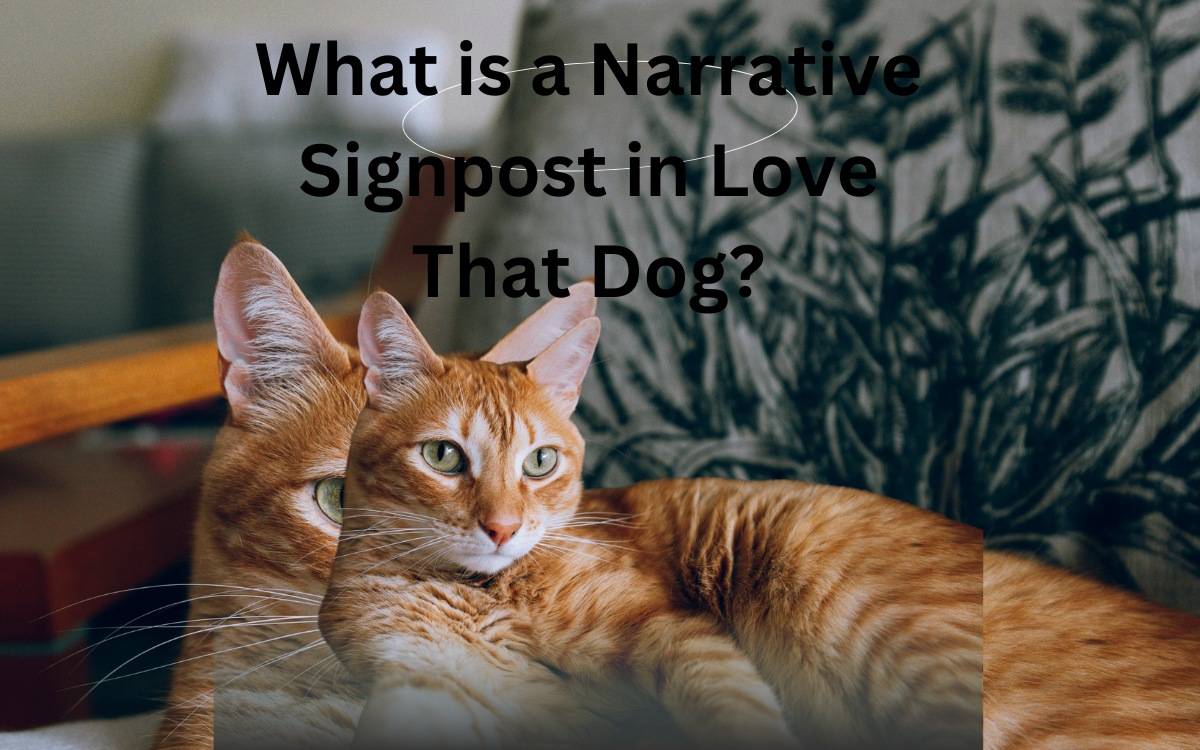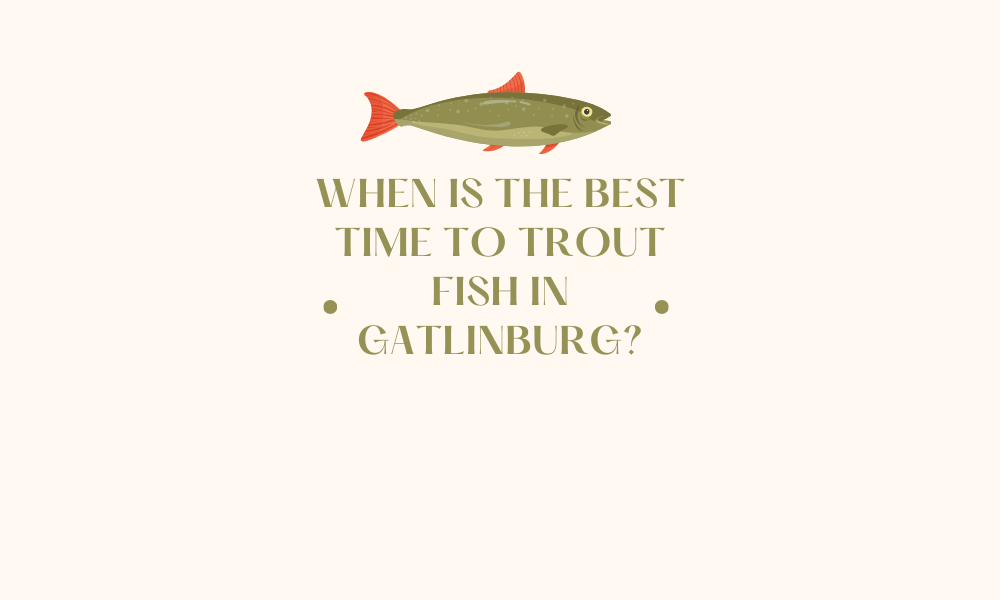Sharon Creech’s Love That Dog is a touching exploration of self-expression and the transformative power of poetry. At its heart lies a narrative technique known as the narrative signpost—subtle hints, recurring themes, and guiding moments that lead the reader and the protagonist, Jack, through an emotional journey. By examining the narrative signposts in Love That Dog, we uncover how Creech skillfully portrays Jack’s growth from a poetry skeptic to an ardent admirer of the art form. These signposts provide structure, guide the story’s emotional beats, and deepen the reader’s understanding of Jack’s transformation.
The Role of Narrative Signposts in Storytelling
Narrative signposts are pivotal storytelling elements that guide readers through a narrative’s emotional and thematic arcs. In Love That Dog, these signposts are meticulously woven into the story to illustrate Jack’s evolving relationship with poetry, his personal losses, and his growing confidence as a writer. Whether through recurring imagery, key moments of character interaction, or the poems themselves, Creech employs these signposts to map out Jack’s inner journey.
H2: The Emotional Impact of Jack’s Reluctance
Jack’s initial resistance to poetry serves as the story’s first major narrative signpost. His blunt statements, such as “I don’t want to write poetry,” establish his emotional barriers early on. However, these moments are more than just expressions of disinterest; they highlight the vulnerability behind his reluctance. This initial defiance becomes a springboard for Jack’s transformation.
Examples:
- Jack’s early poems often feel fragmented and unsure, mirroring his discomfort with poetry.
- Over time, his voice grows stronger, and his writing reflects a deeper emotional resonance—a clear signpost of his evolving self-awareness.
H2: Imagery as a Narrative Signpost
Imagery plays a vital role in Love That Dog. Creech uses vivid and recurring visual themes to guide Jack’s emotional development. The imagery of dogs, particularly Jack’s beloved pet Sky, functions as a poignant symbol of love, loss, and healing.
Examples:
- Early in the story, Jack’s descriptions of Sky reveal his tender attachment and the depth of his feelings, even as he struggles to express them through poetry.
- As Jack becomes more comfortable with writing, his poems about Sky take on richer detail and emotional nuance, reflecting his growing ability to channel his feelings into words.
H2: The Teacher as a Guiding Signpost
Miss Stretchberry, Jack’s teacher, is a pivotal figure in his journey. Her encouragement, patience, and thoughtful feedback act as steady narrative signposts, guiding Jack to discover his voice. Miss Stretchberry’s role exemplifies the importance of mentorship in personal growth.
Examples:
- She introduces Jack to various poetic styles, including those of famous poets like William Carlos Williams and Walter Dean Myers.
- By responding to Jack’s poems with kindness and insight, she helps him build confidence and recognize the value of his own words.
H2: The Significance of Repetition
Repetition is a powerful narrative tool in Love That Dog. By revisiting key phrases, themes, and imagery, Creech reinforces Jack’s emotional growth and emphasizes the story’s central themes. This technique not only guides readers but also provides Jack with a framework to process his emotions.
Examples:
- Phrases like “I can’t do it” and “It’s too hard” recur early in the book, reflecting Jack’s initial struggles.
- As the story progresses, these phrases are replaced with more positive and assertive expressions, signifying Jack’s transformation.
- The recurring imagery of Sky serves as both a source of comfort and a reminder of Jack’s emotional journey.
H2: Key Poems as Narrative Signposts
In Love That Dog, Jack’s poems themselves act as narrative signposts. Each poem marks a step in his journey, capturing his evolving thoughts, feelings, and understanding of poetry. Let’s examine a few key examples:
“Blue Car”
- One of Jack’s early poems, “Blue Car,” reflects his tentative attempts at writing. Its simplicity mirrors his initial discomfort with poetry.
“Sky”
- This deeply emotional poem about Jack’s dog is a turning point. Through “Sky,” Jack confronts his grief and channels it into a heartfelt tribute. This marks a significant moment of emotional release and artistic growth.
“Inspired by Walter Dean Myers”
- Jack’s homage to Walter Dean Myers represents his newfound appreciation for poetry and its power to inspire. By emulating Myers’ style, Jack demonstrates his growing confidence and creativity.
H2: The Transformative Power of Poetry
One of the central themes in Love That Dog is the transformative power of poetry. The narrative signposts highlight how poetry becomes a medium for Jack to process his emotions, connect with others, and express himself authentically.
Examples:
- Early in the book, Jack dismisses poetry as irrelevant to his life. By the end, he uses it as a powerful tool to convey his deepest feelings.
- The act of writing poetry helps Jack cope with the loss of Sky, transforming his pain into a source of creative inspiration.
H2: Conclusion
In Love That Dog, narrative signposts serve as essential elements that guide readers through Jack’s emotional journey. From his initial resistance to poetry to his ultimate embrace of it as a form of self-expression, these signposts provide a clear map of his transformation. Through recurring imagery, key character interactions, and the evolution of Jack’s poems, Sharon Creech masterfully illustrates the profound impact of storytelling and creativity on personal growth. Recognizing and analyzing these signposts not only deepens our appreciation of the novel but also reminds us of the enduring power of words to heal, inspire, and connect.












